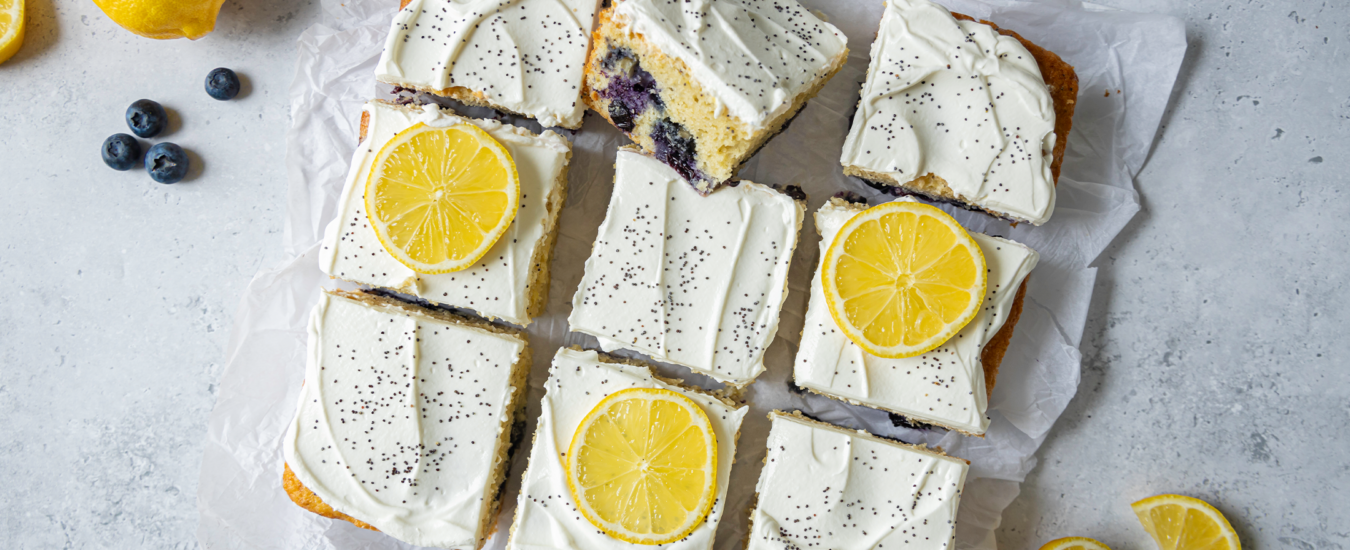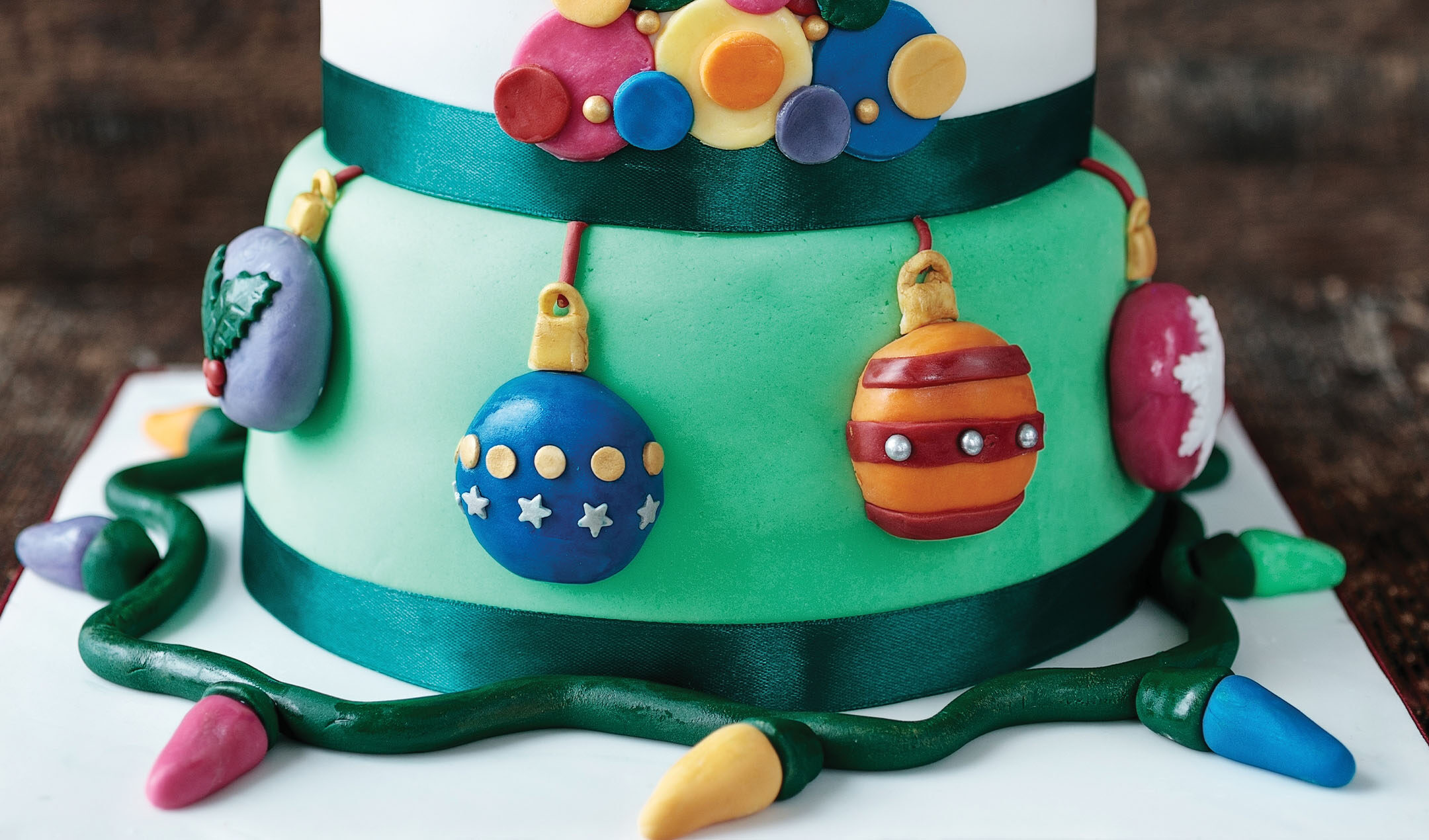Serves 16
adjust servings:
Tick the ingredients you need to add your shopping list.
For the sponge:
For the buttercream:
To assemble:
- Preheat the oven to 180˚C/160˚fan/gas mark 4. Line the bottom and sides of three 15cm and three 20cm baking tins with parchment paper.
- Beat together the butter and sugar until light and fluffy. Beat in the red food colouring paste.
- In a large jug, whisk together the buttermilk, eggs and vanilla. In a separate bowl, sieve together the flour and cocoa powder.
- Alternate adding the buttermilk mixture and the flour mixture to the creamed butter and sugar in three stages, beating between each addition.
- In a small bowl, combine the vinegar and bicarbonate of soda. Once it starts to fizz, quickly add it to the cake mix and stir to combine.
- Divide the mix evenly amongst the tins and bake for 25-30 minutes. Insert a skewer or a knife into the centre of each cake; if it comes out clean, the sponge is done. Once baked, set aside and allow to cool completely.
- For the buttercream, sieve the icing sugar into a large mixing bowl. Add the softened butter and vanilla and beat together until smooth. The buttercream should have a spreadable consistency; if it is too thick, stir in a few teaspoons of hot water to loosen it.
- Place the 20cm cake onto the 30cm board, using a teaspoon of buttercream on the board to help the cake stick.
- Using a palette knife or offset spatula, spread over some of the buttercream and add the next sponge on top. Add another layer of buttercream, then add the third sponge. Spread buttercream over the top and sides of the cake, making sure to fill in any gaps.
- There will be crumbs in the icing so place the cake into the fridge for 30 minutes to set. Once set, spread over more buttercream to cover any crumbs and smooth out the buttercream. Refrigerate the cake again until set.
- Place a teaspoon of buttercream on the 15cm straw board to allow the cake to stick. Repeat steps 9 and 10 with the 15cm sponges.
- Insert a wooden or plastic dowel into the 20cm cake, taking care to go straight and right down to the cake board. Use a knife to mark the exact height at the top of the cake, then carefully pull the dowel back out.
- Cut the dowel to the correct length and then cut the other three dowels using the first as a guide.
- Use the smaller cake board to judge where it will sit on the centre of the larger cake, and insert the dowels into the larger cake around 2cm in from where the smaller cake will sit, spacing them evenly. Push the dowels straight down until each one touches the bottom cake board.
- Take 680g of white fondant for the 20cm layer and add a few drops of green food colouring. Knead the colouring into the fondant until it’s completely green. Add a few more drops until you get your desired colour.
- Knead the fondant until elastic. Roll the fondant on a dusted surface, working quickly to stop it from dying out. Lift the fondant and drop it onto the 20cm cake.
- Smooth the fondant around the top edge first, then stretch and pull the fondant around the edges until all the sides are smooth. Use a cake smoother to smooth the rest of the cake.
- For the 15cm top layer, take the remaining white fondant and repeat steps 15 and 16.
- Place the small cake on top of the larger cake so that it rests on the dowels.
Nutrition Facts
Per serving: 1303kcals, 56.5g fat (33.3g saturated), 194.8g carbs (151.9g sugars), 8.6g protein, 2.4g fibre, 0.639g sodium
Popular in Cakes
 Lemon & blueberry squares by Gem
Lemon & blueberry squares by Gem

